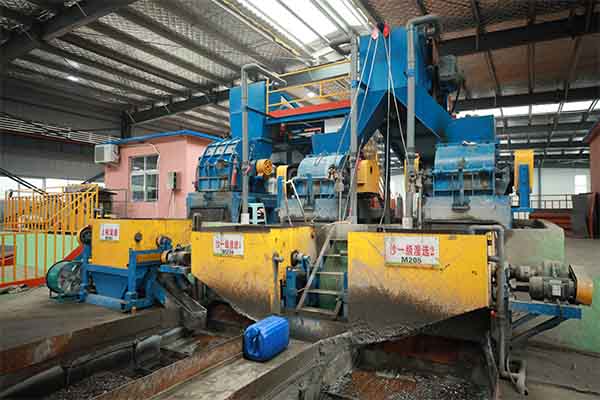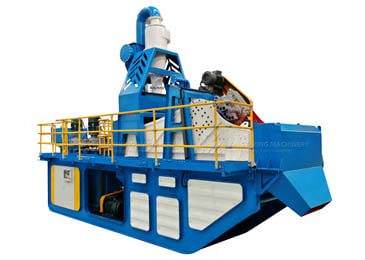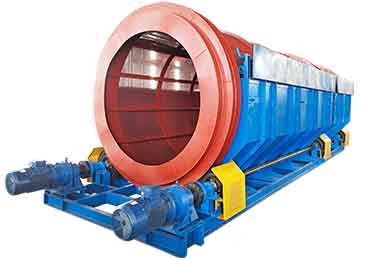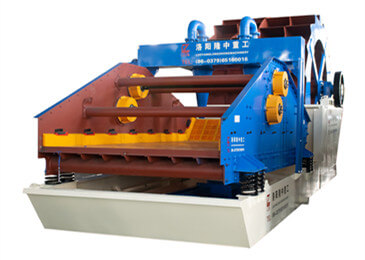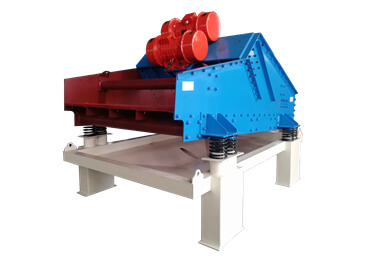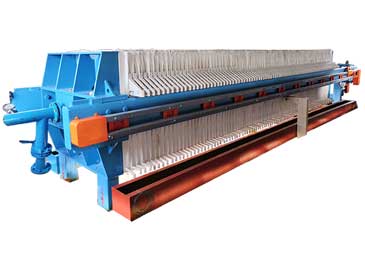LZZG Signs EPC Slag Treatment Project
In order to solve the harmlessness, reduction and resource reuse of slag. Yesterday, LZZG and Shangqiu Mr.Sun signed an EPC general contract project with an annual output of 300,000 tons of slag.
Slag treatment mainly uses the differences in physical properties of ash and slag components to carry out screening, crushing, impurity removal, magnetic separation, non-ferrous metal separation, precious metal separation, tailings recovery, and sewage treatment process links, to achieve the recovery of valuable metals such as copper and zinc, and the preparation of recycled blocks from the sorted slag.
Handling raw materials
Slag after incineration of domestic waste
Equipment Configuration
Shaftless trommel screen, permanent magnetic separator, jaw crusher, hammer crusher, wet permanent magnet drum magnetic separator, dewatering screen, jig, shaker, ball mill, spiral sand washer, electric current separator, wheel sand washing machine, box filter press and other auxiliary equipment.
Working process
Crushing: slag is fed to the hopper with a grille by a forklift and conveyed to the crusher through a belt for crushing. The crusher can fully break up the hard materials such as slag, stones, and concrete in the slag to meet the specified particle size.
Screening: the crushed slag enters the vibrating screen and is sieved into several specifications of different particle sizes under high-frequency vibration.
Magnetic separation: high frequency screen followed by magnetic separator, the different specifications of slag into different magnetic separators, select large pieces of scrap iron.
Flotation: after the second magnetic separation and sorting, the slag enters the jig, and the rising water flow is faster than the descending water flow, so that the heavy particulate matter in the slag is fully settled. Therefore, the heavier specific metal particles settle to the bottom of the jig with the descending water flow; the lighter weight material is discharged through the discharge port with the upper layer water, and enters the recycling machine for fine material recovery.
Shaker: the fine materials recovered by the recycling machine enter the shaker for selection
Cleaning and dehydration: the large particle slag after flotation continues to be sieved and magnetically selected, then into a sand washing machine for washing and dewatering, and transported to the finished product pile via a conveyor belt.
Solid-liquid separation: at the same time, the muddy water suspended by the separator is discharged into the sewage pool, and then the tailwater is pumped from the sewage pool into the filter tank for sludge water separation operation. The filter tank treats about 80% of the tailwater into clean water and then directly enters the clear water pool through the overflow port.
Sludge dewatering: The concentrated mud passes through the bottom of the filter tank and is pumped into the plate and frame filter press. The filter press presses the concentrated mud into a mud cake to realize dry pile, landfill, or other uses. After the filter pressed, the clean water enters the clear water tank to realize the recycling of clean water and zero discharge of the entire process.
Slag treatment process advantages
1. Patent design, reasonable process, optimized structure, water, and mud after treatment can meet national environmental protection requirements.
2. Screening and grading are performed first, which improves the effect of initial magnetic separation and the subsequent sorting of metal and slag.
3. The previous section is completely sorted and does not affect the normal operation of the crusher.
4. Solid-liquid separation and solid waste dry discharge, clear steps, the meticulous division of labor, and each machine’s unique structural design, to ensure that its role can be maximized, so as to achieve a simple and efficient purpose.


